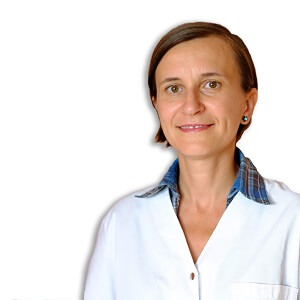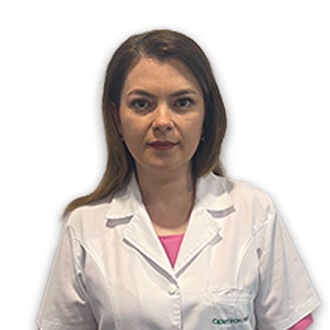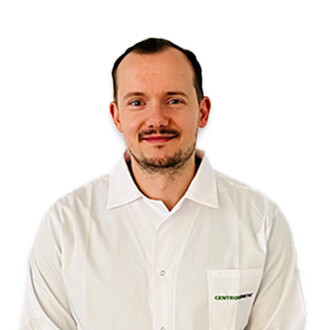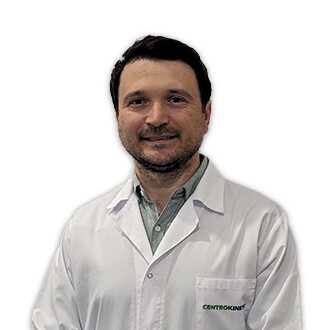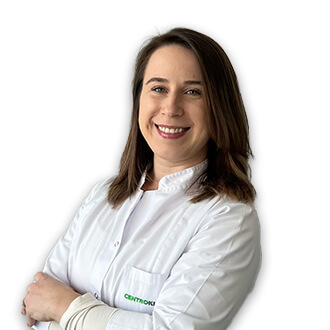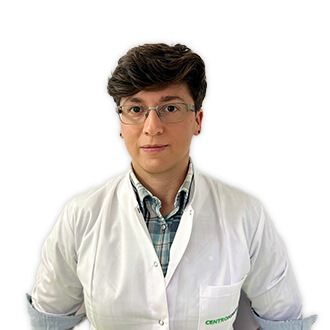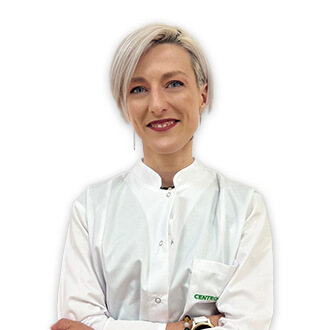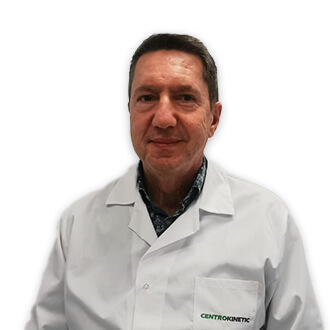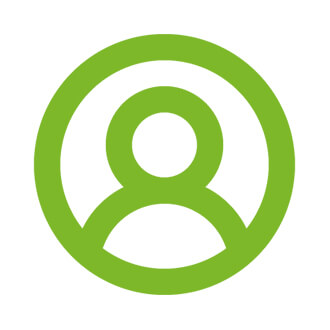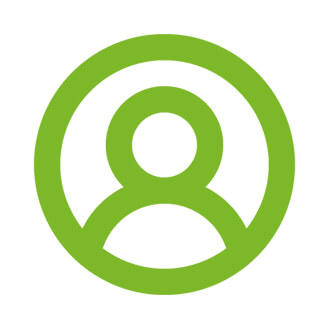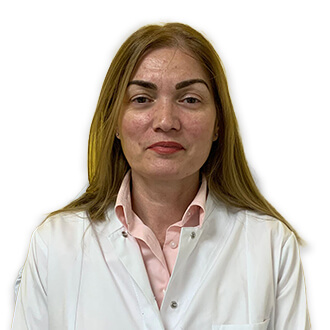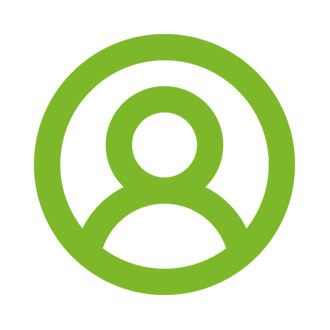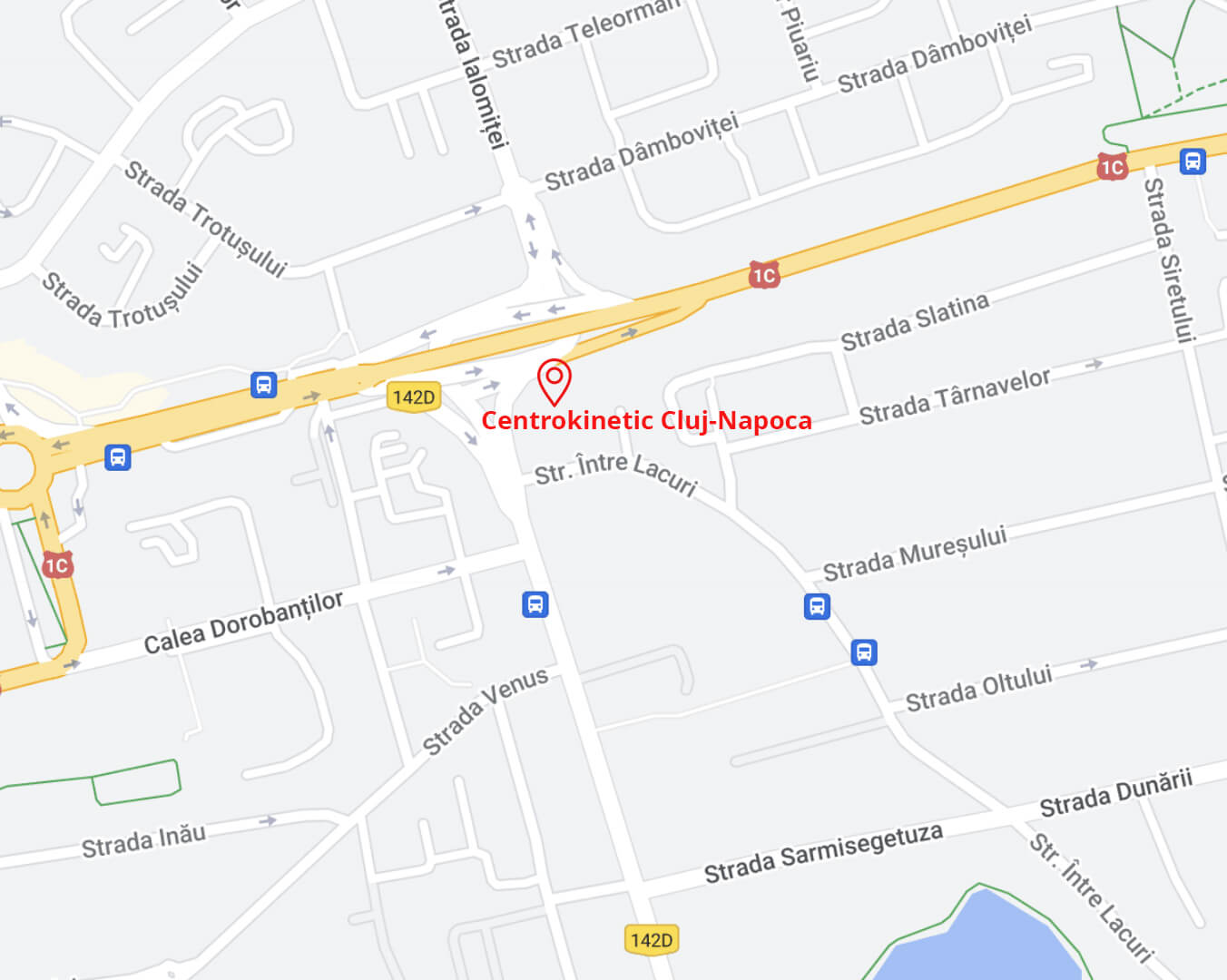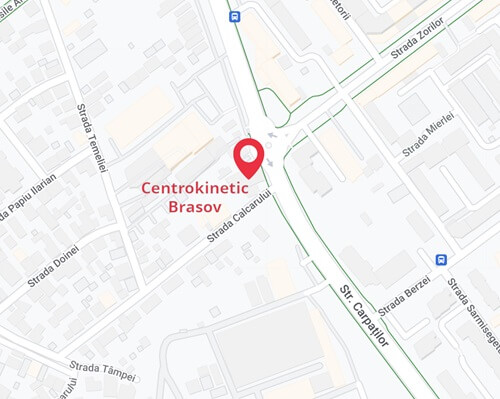Motor recovery in children with cerebral palsy: Techniques and useful tips
Cerebral palsy represents a group of neurological disorders that occur in childhood (early life or early childhood) and permanently affect motor function. In some cases, certain areas of the brain responsible for muscle movement do not develop as expected during fetal growth. In other situations, damage is the result of a brain injury occurring before, during, or after birth. In any case, the damage is irreversible, and the resulting disabilities are permanent. However, with early and appropriate intervention, many children can make significant progress in their motor development.[1]
The importance of motor recovery in children with cerebral palsy
Motor recovery is essential for children with cerebral palsy, having a significant impact on their quality of life. A well-structured motor rehabilitation program can help improve muscle tone, develop motor skills, enhance coordination, and prevent complications associated with this condition.[1]
Improving muscle tone is achieved through specific exercises aimed at reducing spasticity (excessive muscle tension) and increasing muscle strength. Thus, the foundation is laid for developing motor skills. Children can learn to crawl, stand up, walk, and perform other daily activities, which can contribute to their independence. At the same time, coordination exercises can help improve movement control.[1]
Additionally, these programs can prevent complications such as skeletal deformities or respiratory problems that may arise due to immobility. Thus, motor recovery becomes a central pillar in the care of children with cerebral palsy, playing a crucial role in improving their quality of life.[1]
Motor recovery techniques used for children with cerebral palsy
Motor recovery in children with cerebral palsy involves a wide range of techniques designed to improve mobility, coordination, and daily functioning. Here are the most important rehabilitation techniques used in this process:
- Bobath Method - a widely recognized therapeutic approach, primarily used in the rehabilitation of individuals with neurological conditions such as cerebral palsy, stroke, or spinal cord injuries; this approach focuses on using various techniques to inhibit and control abnormal tone and reflexes; through the child's active involvement and practicing functional skills, the Bobath approach helps improve postural alignment and inhibit abnormal reflexes;[2]
- Conventional exercise therapy - involves passive exercises, progressive resistance exercises, passive stretching, weight-bearing exercises, and progressive training of all body parts; helps improve muscle strength, local muscle endurance, and the overall range of joint movement;[2]
- Treadmill training with body weight support - stimulates and refines the infant gait pattern, facilitating the neuromotor development of the lower limbs;[2]
- Constraint-induced movement therapy - is especially used to improve upper limb function in children with hemiplegic cerebral palsy; the objective is to enhance spontaneous use of the affected arm by forcing the child to use it through immobilizing the other;[3]
- Hydrotherapy - also known as aquatic therapy, is a sequence of water exercises that help improve physical abilities and functions; it is particularly beneficial for children with cerebral palsy as it allows them to move freely without putting stress or weight on their bodies.[4]
- Vojta Therapy - a special technique that activates the body's natural reflexes through pressure applied to specific points; it can have significant benefits in improving various aspects of movement and posture;[5]
- Assistive device therapy - involves using specially designed equipment that can provide support and independence; these may include orthoses for joint support and posture improvement, walkers to help children learn to walk with support, and adapted wheelchairs for better mobility in daily spaces.[1]
Useful tips for parents of children with cerebral palsy
The process of motor recovery in children with cerebral palsy can be challenging, but with the right support and a well-planned approach, they can make significant progress. Here are some useful tips:
- Educate yourself - the more you know about your child's condition, the better decisions you can make and the more support you can provide;
- The earlier the recovery process begins, the greater the chances of stimulating motor development; do not delay starting recovery;
- Work closely with a multidisciplinary team, which may include neurologists, physiotherapists, occupational therapists, and speech therapists;
- Set clear but realistic goals to encourage your child's progress;
- Continue the exercises recommended by therapists at home;
- Actively involve yourself in all aspects of your child's motor recovery process;
- Adapt your home to facilitate the child's movement and independence;
- Provide constant encouragement to your child and celebrate even the smallest progress;
- Consider using assistive devices, such as wheelchairs or orthoses, if necessary.[6][7]
Motor recovery in children with cerebral palsy is a complex process, but with appropriate techniques and support, they can achieve higher levels of functionality and independence. By combining physical therapy, modern technologies, and family involvement, children can have a real chance at an active and fulfilling life. If you are the parent of a child with cerebral palsy, do not hesitate to seek specialists and actively engage in the rehabilitation process!
References:
- “Cerebral Palsy,” National Institute of Neurological Disorders and Stroke, 2024, www.ninds.nih.gov. Accessed on Nov. 25, 2024.
- Yusuff Tunde Gbonjubola, et al. “Physiotherapy Management of Children with Cerebral Palsy,” Adesh Univ J Med Sci Res, Vol. 3, Dec. 10, 2021, pp. 64–68. Accessed on Nov. 25, 2024.
- Amjad, Imran, et al. “Effectiveness of Constraint Induced Movement Therapy as Compared to Bimanual Therapy in Upper Motor Function Outcome in Child with Hemiplegic Cerebral Palsy,” Pakistan Journal of Medical Sciences, vol. 32, no. 1, Dec. 31, 1969, pmc.ncbi.nlm.nih.gov. Accessed on Nov. 25, 2024.
- “Cerebral Palsy and Aquatic Therapy,” Cerebral Palsy Guidance, Jan. 19, 2024. Accessed on Nov. 25, 2024.
- Mónica Menéndez-Pardiñas, et al. “Effects of Vojta Therapy on the Motor Function of Children with Neuromotor Disorders: Study Protocol for a Randomized Controlled Trial,” Journal of Clinical Medicine, vol. 12, no. 23, Nov. 28, 2023, pp. 7373–7373, pmc.ncbi.nlm.nih.gov. Accessed on Nov. 25, 2024.
- “How to Care for a Child with Cerebral Palsy,” WebMD, Apr. 24, 2017. Accessed on Nov. 25, 2024.
- “Tips for Parents Who Have Children with a CP Diagnosis,” Cerebral Palsy Guide, Oct. 18, 2024. Accessed on Nov. 25, 2024.
BUCHAREST TEAM
CLUJ NAPOCA TEAM
BRASOV TEAM
MAKE AN APPOINTMENT
FOR AN EXAMINATION
See here how you can make an appointment and the location of our clinics.
MAKE AN APPOINTMENT







































